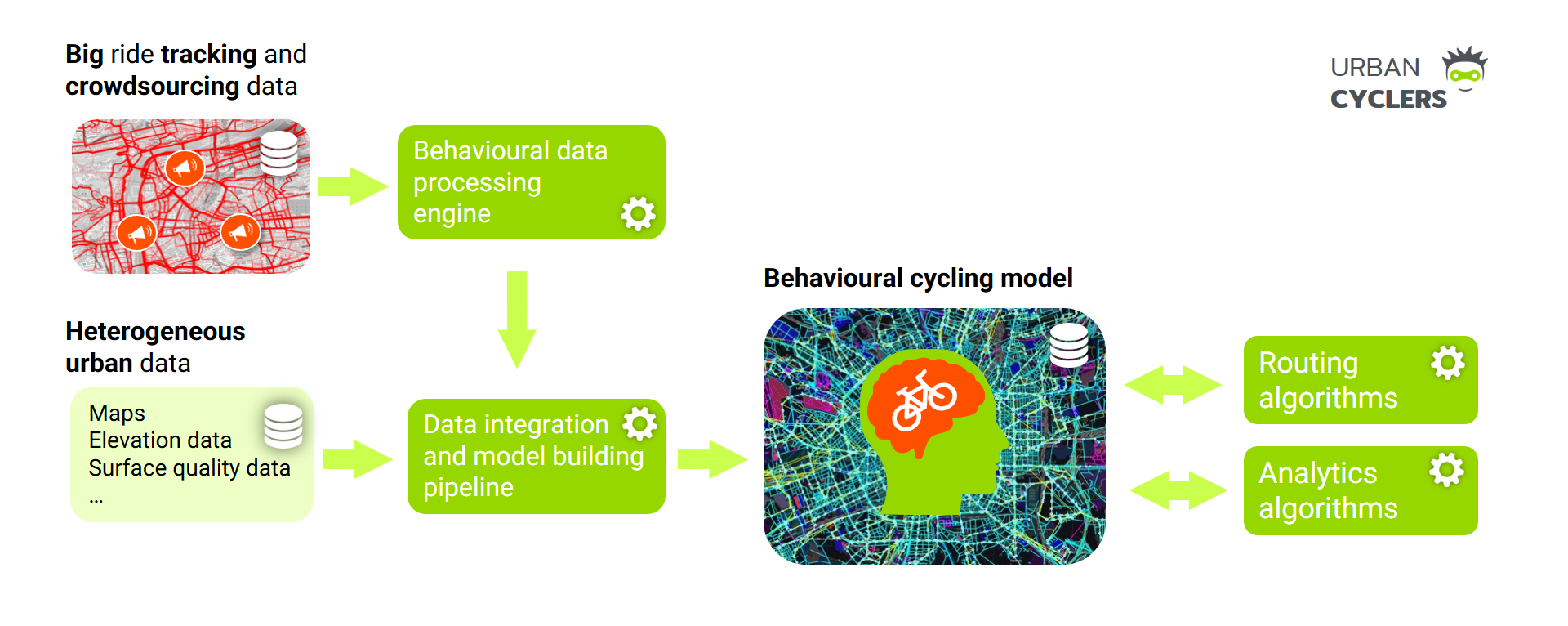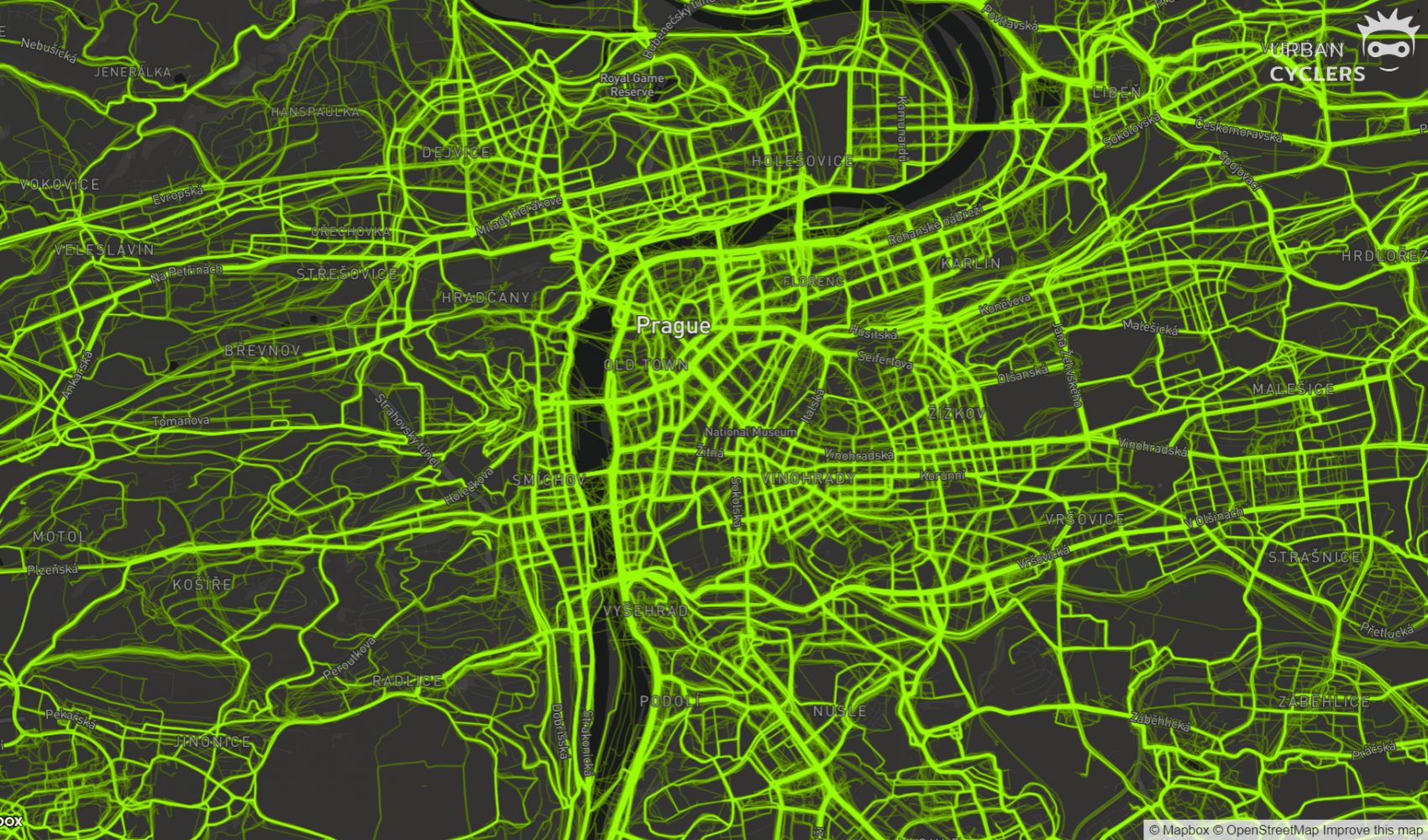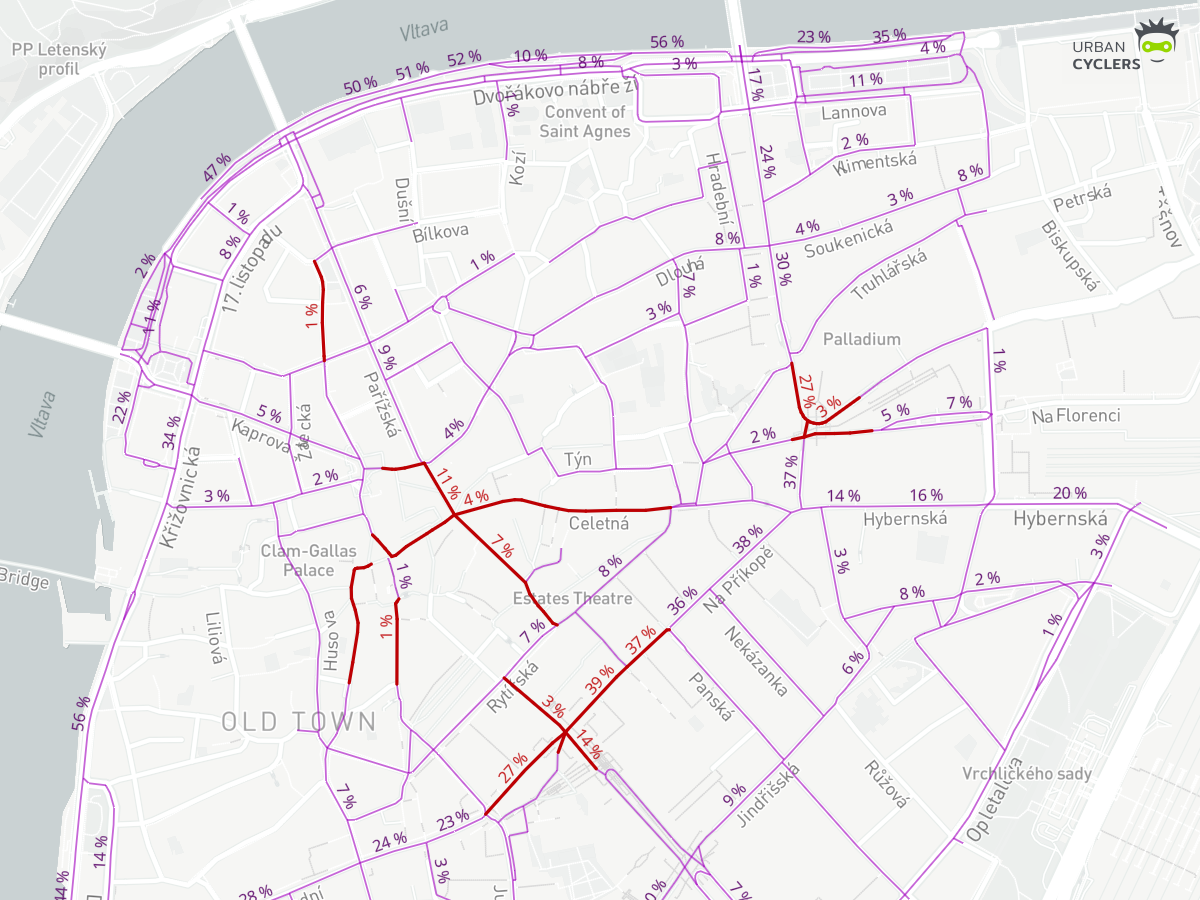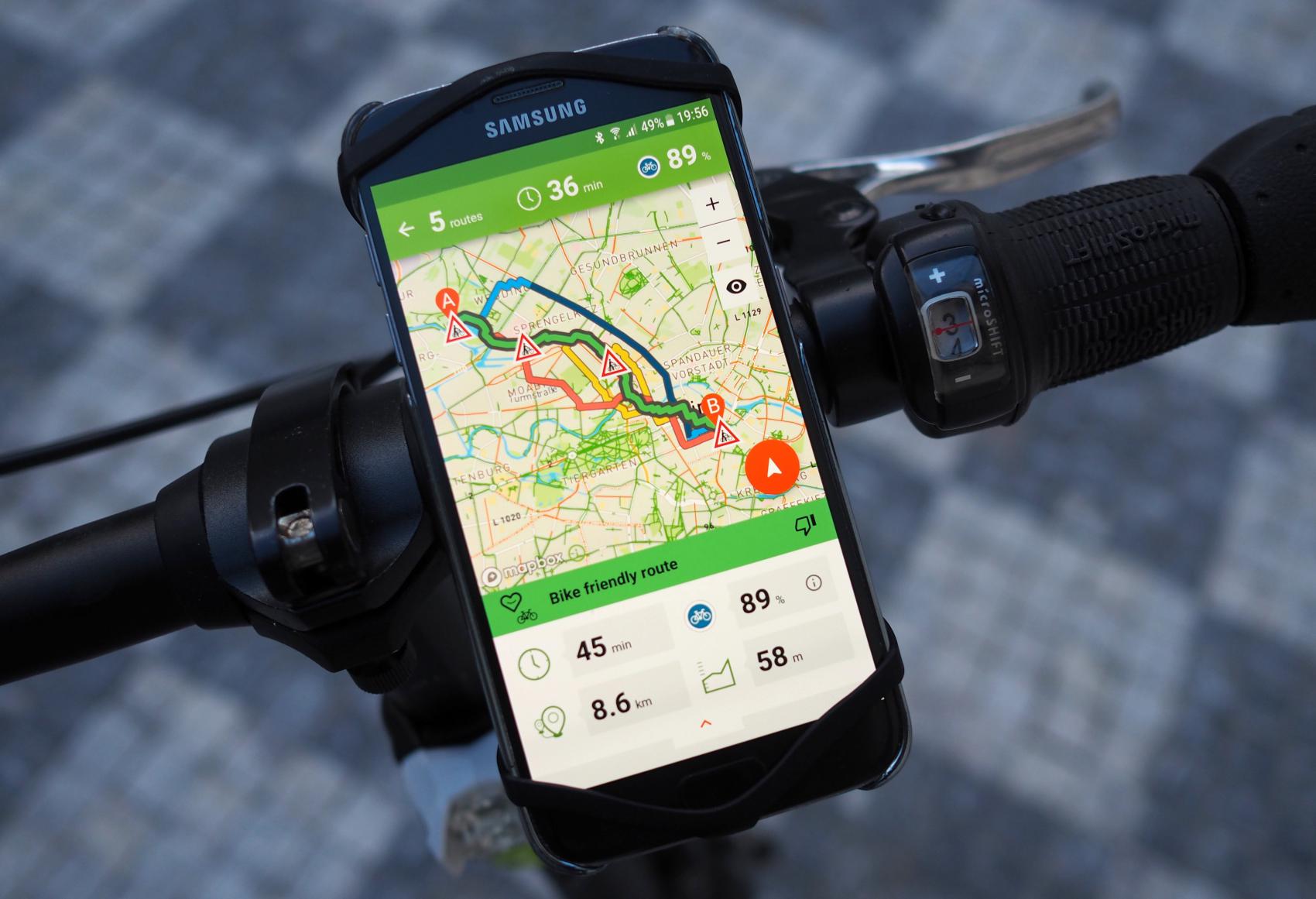
Smarter Cycling Series: Big data and artificial intelligence are transforming bicycle navigation
As part of our work to help cycling and the bike industry into the world of smart, connected and shared mobility we are working with visionaries and leaders who are setting the tone in this new mobility. We are going to be inviting some of them to share their thoughts and visions with ECF.com in the coming months.
 Michal Jakob is the Founder and CEO of Umotional, a high-tech company based in Prague developing innovative products for smart and sustainable mobility. The Umotional’s flagship product UrbanCyclers uses big data and Artificial Intelligence techniques to advice cyclists on how to best ride the bike around cities.
Michal Jakob is the Founder and CEO of Umotional, a high-tech company based in Prague developing innovative products for smart and sustainable mobility. The Umotional’s flagship product UrbanCyclers uses big data and Artificial Intelligence techniques to advice cyclists on how to best ride the bike around cities.
Finding great cycling routes is tough
Big cycling data to help

Fortunately, the ongoing cycling data and connectivity revolution open new opportunities for significantly improving the quality of bicycle navigation systems. Cycling GPS traces, crowdsourced cyclist feedback as well as readings from various on-bike sensors provide a very rich data source that complements map and elevation data, which are the basis of traditional bicycle navigation system. In the following, we refer to such types of data as behavioural data emphasizing the fact that they are generated - directly or indirectly - by cyclist activity.
Before behavioural data can leverage for navigation, they need to go through several stages of processing involving the application of geo-information fusion and machine learning techniques. The raw behavioural data are cleaned, normalized, merged and eventually distilled into actionable information. The result of such processing, a data-driven cycling behaviour model, captures how cyclists behave in the real world in terms of how, where and when they ride.
A key advantage of a behavioural cycling model is that it captures various soft factors affecting cyclist decisions. Cyclists can e.g. prefer a particular route over another despite the fact that both routes have identical physical properties. In such cases, non-behavioural map and elevation data alone are not sufficient to differentiate between the routes. Traditional bicycle navigation engines that rely solely on non-behavioral data cannot provide right route suggestions in such cases.

Big data need smart algorithms
Routing engines that manage to incorporate behavioural data suggest routes that better reflect where cyclist really want to go. Routes suggested by such engines feel like they were suggested by a knowledgeable local human cycling expert, rather than calculated by a computer.
Properly leveraging behaviour data in cycling navigation is, however, not straightforward. The challenge stems from the fact that behavioral data need to be considered together with a multitude of other route-choice factors during the route search.
Unfortunately, traditional cycling navigation systems typically use route search algorithms originally developed for car navigation.
The problem with car navigation algorithms is that they have been designed to only consider time and distance as their route optimization criteria and they can be adapted to consider additional factors only a limited degree.
In order to fully leverage the potential of behaviour data, modern multi-criteria optimization algorithms are therefore needed. Such algorithms are computationally more demanding but are much more powerful and flexible in how the multitude of route factors can be jointly considered during route optimization process. Unfortunately, multi-criteria optimization algorithms are also significantly more difficult to implement efficiently in practice and have been therefore so far used only sporadically in real-world applications.
Next-generation bicycle navigation is here
When implemented properly and combined with behavioural cycling models, however, multi-criteria routing algorithms enable a major qualitative step over traditional approaches to bicycle navigation. Given their combination of rich data-driven models and advanced processing, multi-criteria optimization algorithms with behavioural models can be considered the first example of artificial intelligence-based bicycle navigation systems.
The advantage of these AI cycling navigation is it can go beyond optimizing simplistic mathematical criteria such as distance, speed of energy. Instead, AI cycling navigation can “think” as a cyclist and recommend routes that optimize the traditionally elusive, multi-faceted cyclist experience. Thanks to the flexibility of the underlying AI, routes the notion of experience and thus the routes suggested can be easily personalized for a specific cyclist or tailored to a particular context, such as weather.
Leveraging years of previous academic research, UrbanCyclers is the first app implementing AI bicycle navigation utilizing multi-criteria routing algorithms and behavioural cycling models in a real product. The navigation features of UrbanCyclers are currently available in Prague, Berlin, London, and Milan. The response from early users have been overwhelmingly positive, and we are therefore already planning to expand app’s coverage and make AI bicycle navigation available to cyclists all around the world. We expect that in the future, AI navigation techniques leveraging big behavioural data and multi-criteria algorithms will become the standard for all kinds of bicycle navigation apps and devices.
If you want to know more about all this and meet with Michal, register for our Connected Cyclists Conference at Eurobike!
Regions:
News category:
Network/Project Involved:
Contact the author
Recent news!
Upcoming events
Contact Us
Avenue des Arts, 7-8
Postal address: Rue de la Charité, 22
1210 Brussels, Belgium










